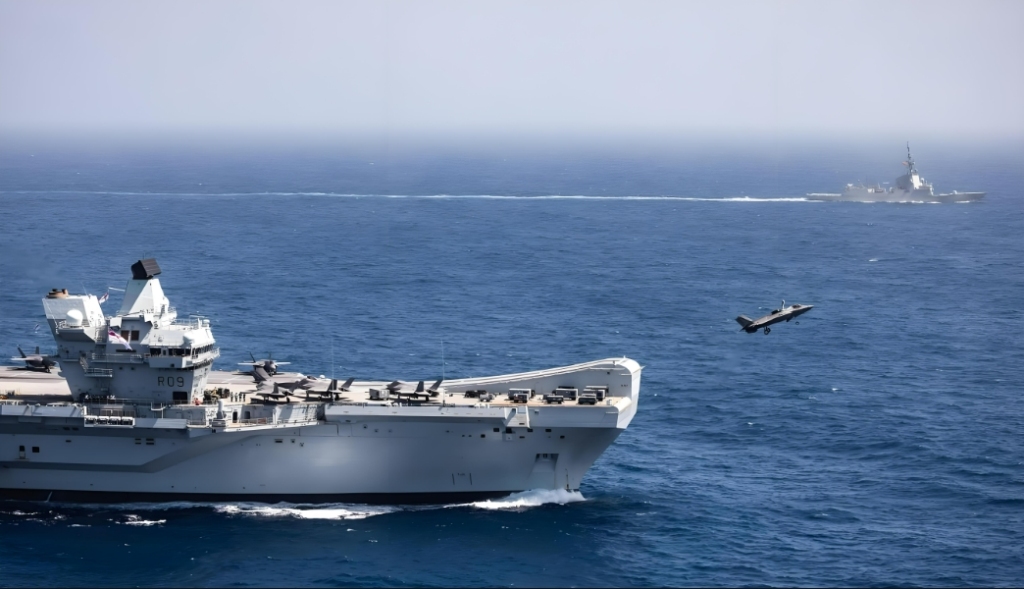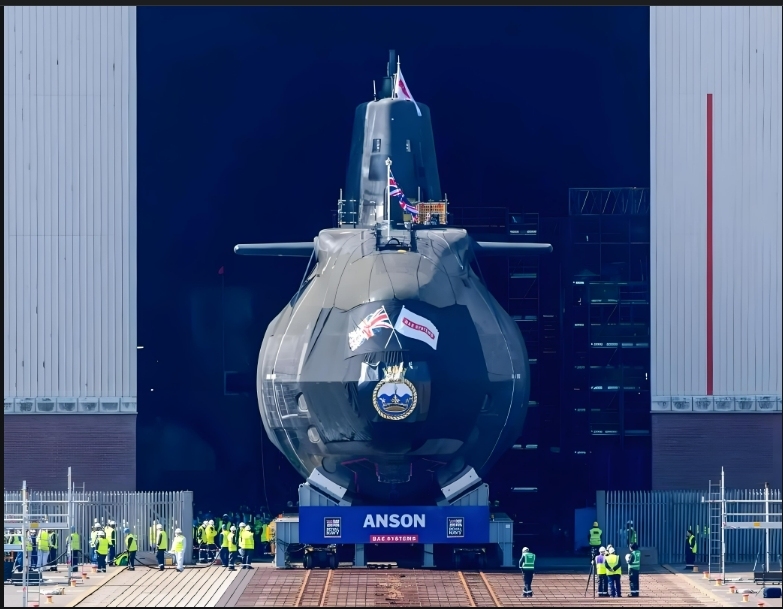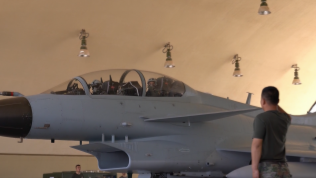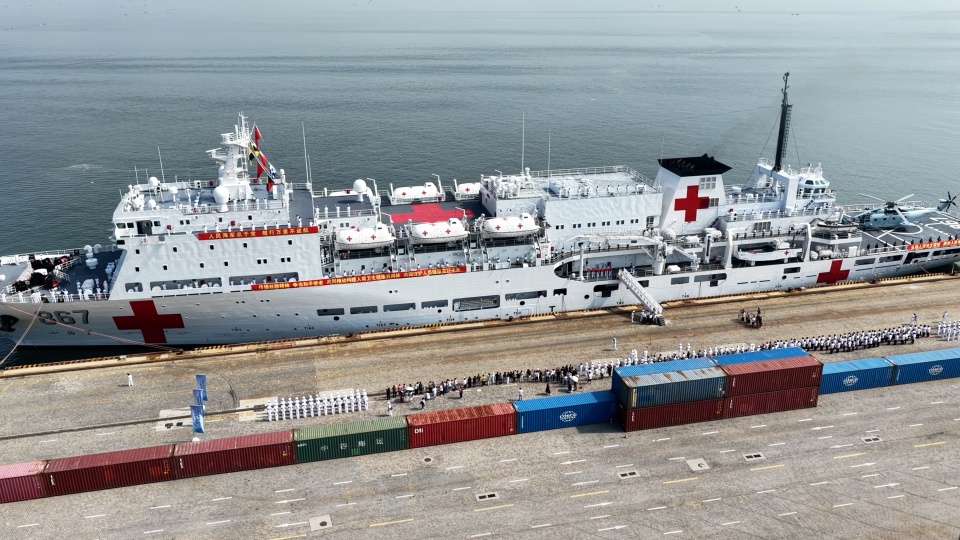
HMS Prince of Wales Carrier Strike Group (CSG)

File photo shows an Astute-class nuclear-powered attack submarine preparing for launch
On June 2 local time, British Prime Minister Keir Starmer released the Strategic Defense Review (SDR), announcing a shift of the British Armed Forces to a state of "warfighting readiness," with a strengthened focus on long-range strike capabilities, cyber operations, and military production capacity.
This is the first major defense strategy document issued by Keir Starmer since he took office in July last year. It will serve as the guiding principle for the UK's active warfighting posture in the next five years. The UK is attempting to advance its defense strategy through "military Keynesianism", yet its implementation faces numerous challenges.
62 recommendations concerning the future of the UK Armed Forces have been proposed in the SDR, all of which have been accepted. Key recommendations include the construction of up to 12 new nuclear-powered attack submarines and an additional £15 billion investment in the sovereign nuclear warhead program to ensure the continuity of the UK's continuous at-sea deterrent (CASD), the procurement of 7,000 domestically produced missiles and drones, the construction of at least six new energetics and munitions factories to enable uninterrupted production, and the creation of a Cyber and Electromagnetic Activities (CEMA) Command with a dedicated £1 billion investment to enhance digital warfare capabilities.
The UK's decision to release the SDR is, first and foremost, a response to mounting geopolitical pressure. Amid growing global instability, the UK increasingly perceives a challenge to its traditional maritime dominance. In particular, London is concerned that it needs to enhance its deterrence capabilities after the strategic pivot of the US to the Asia-Pacific. Meanwhile, it seeks to assert leadership within NATO by boosting defense investment and reinforcing its role as a pillar of European security.
Moreover, Brexit has led to a decline in the UK's international influence, while the national economy remains mired in prolonged stagnation.
Although the British government is confident in its efforts to strengthen defense capabilities, it continues to face numerous challenges in actual implementation.
First, there is a contradiction between the relatively limited funding and the increasingly diverse defense demands. Although Prime Minister Keir Starmer plans to raise defense spending to 2.5 percent of GDP by 2027 and build a strong military force by 2035, the UK is currently facing fiscal constraints. Domestic inflation remains persistently high, and economic growth faces multiple challenges, including delayed structural adjustments and instability in the global economy.
Secondly, the British defense industry is plagued by a number of problems. While the Labour government has sought to guide and intervene in its development, previous coalition and Conservative governments placed greater reliance on market forces and competition mechanisms, lacking long-term strategic planning. As a result, inconsistent policy approaches across successive administrations have led to fragmented and incoherent development in the UK's defense industry in recent years.
In terms of military-industrial cooperation, the post-Brexit Britain has faced significant constraints in collaborating with the EU on defense and technology sharing due to delays in cross-border trade, increased tariff barriers, and diminished political and military mutual trust. Moreover, the UK remains heavily reliant on the US in several key areas of military technology and lacks independent research and development capabilities.
For instance, although the UK claims to possess an independent and controllable nuclear deterrent, its nuclear pillar, the Trident submarine-launched ballistic missile system, still relies on the US for both manufacturing and maintenance.
In addition, since the end of the Cold War, the British Armed Forces have pursued a strategy of "lightweight transformation." However, this strategic shift has revealed serious shortcomings in addressing the demands of modern high-intensity conflicts.
The British Army's heavy armored units are widely regarded as severely "hollowed out."
In the Royal Navy, aircraft carriers and destroyers frequently suffer from mechanical failures and maintenance issues, while the current generation of frigates significantly lags behind comparable platforms in service with other major countries.
As for the Royal Air Force, its mainstay fighter remains the Typhoon FGR4, a fourth-generation aircraft, while its fifth-generation F-35B fleet is limited in number and must be shared with the Royal Navy's carrier air wing.
Meanwhile, despite recent increases in military personnel salaries, British service members continue to leave the armed forces at an alarming rate. The British Army currently has just over 70,000 active personnel, marking the lowest level since the Napoleonic Wars in 1823. Among them, more than 16,000 can only carry out limited military tasks. In the Royal Air Force, as many as 3,721 personnel have been deemed "unfit for combat." Within the Royal Navy, 2,922 sailors are "completely unable to deploy at sea," while another 2,363 are medically restricted in their military capabilities.
Alistair Carns once hypothesized that, based on current casualty rates observed in the Russia-Ukraine conflict, the British Army would be "wiped out" in just over a month.
Editor's Note: Originally published on thepaper.cn, this article is translated from Chinese into English and edited by the China Military Online. The information and opinions in this article do not necessarily reflect the views of eng.chinamil.com.cn.













